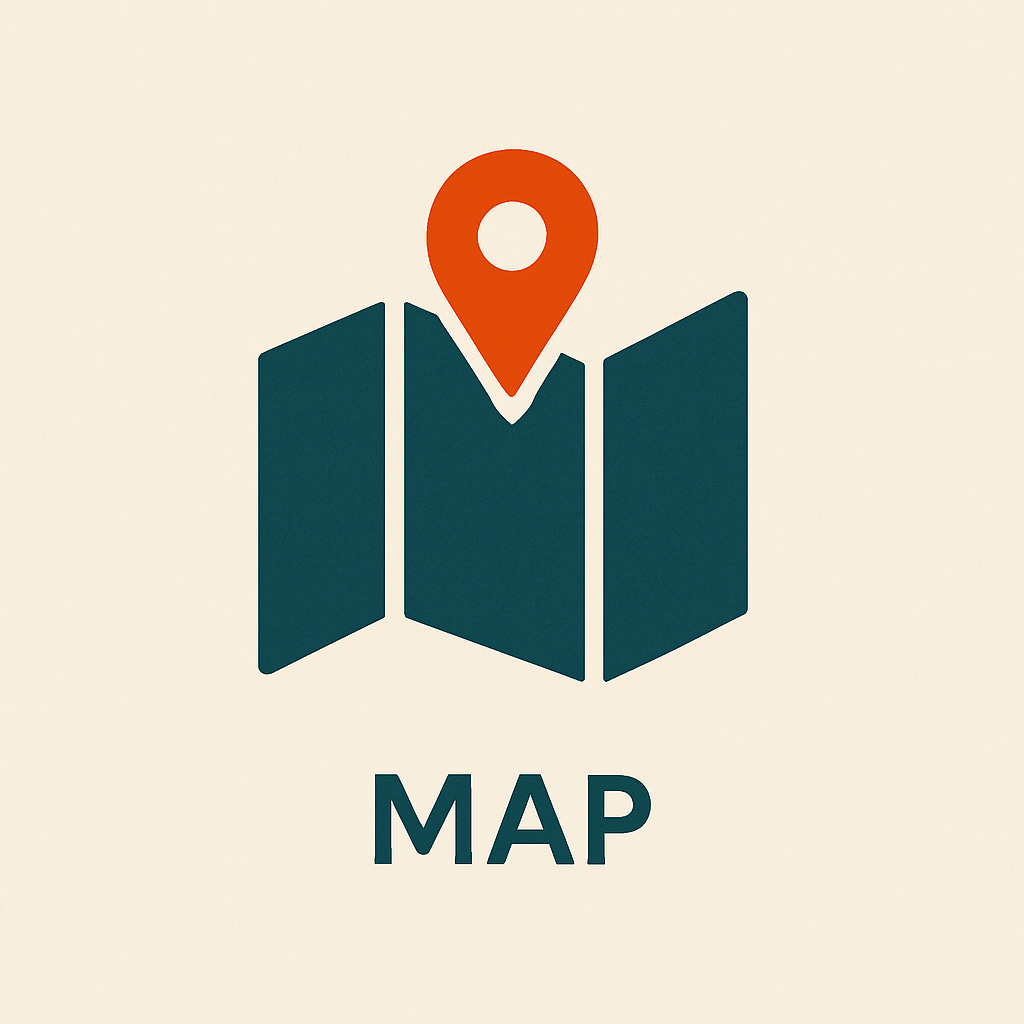The COMPASS Framework - How to Analyze Any Startup Idea Like a VC
While 90% of startups are still using gut feeling and generic business plan templates to validate ideas, BSKiller has uncovered the systematic framework that top-tier VCs and successful serial entrepreneurs use to analyze opportunities. We're revealing the exact COMPASS methodology that separates unicorn founders from the 42% who fail because they "misread market demand."
Career Impact: BSKiller readers who master this framework will evaluate startup opportunities 10x faster than peers using traditional methods, positioning you as the go-to strategic thinker in any tech organization.
Your Move: Bookmark this framework and apply it to your next project proposal, side hustle evaluation, or investment decision within 48 hours.
The 6-Phase COMPASS System Every Tech Professional Needs
The venture capital world operates on pattern recognition and systematic analysis. After studying how firms like Andreessen Horowitz and Sequoia Capital evaluate thousands of pitches, BSKiller has reverse-engineered their decision-making process into a framework any tech professional can master.
The COMPASS Framework: Constrain-Observe-Map-Probe-Analyze-Synthesize-Scale
Phase C: CONSTRAIN (Problem Decomposition)
Stop accepting inherited assumptions. Ask these Socratic questions:
What is the ACTUAL problem being solved? (Not what you think it is)
Who experiences this problem most acutely and why specifically?
What would happen if this problem disappeared completely?
What industry "rules" am I accepting without question?
How would someone from a completely different industry view this?
Real Results: Teams using systematic constraint analysis identify fundamental flaws 67% faster than those using traditional brainstorming.
Phase O: OBSERVE (Market Reality Validation)
Validate everything with evidence:
Who are the people experiencing this problem RIGHT NOW?
How are they currently solving it (including doing nothing)?
What forces created this problem in the first place?
Why hasn't this been solved already? (Question the obvious answers)
What's changing in the world that makes this solvable now?
Phase M: MAP (Solution Space Exploration)
Explore multiple solution paths:
List 10 completely different ways to achieve the desired outcome
How would this problem be solved with 1000x more resources? 1/1000th resources?
What if we approached this backwards from the ideal end state?
What unconventional partnerships could unlock new possibilities?
Phase P: PROBE (Critical Assumption Testing)
Test your 3 make-or-break assumptions:
What assumptions, if wrong, would kill this business?
How do I know users actually want this vs. think they want it?
What's the cheapest way to test each core assumption?
What evidence would completely prove me wrong?
Phase A: ANALYZE (Deep Pattern Recognition)
Systematic stakeholder and value chain analysis:
Where exactly is value created vs. where it leaks?
Who are ALL stakeholders (including hidden ones)?
How does each stakeholder win/lose with this solution?
What are the unit economics at scale?
Phase S: SYNTHESIZE (Strategic Framework Creation)
Create your unique market position:
What unique insights emerged that others miss?
What's our theory of how we win vs. existing solutions?
How do we create unfair advantages from day one?
What's the highest-leverage approach to this problem?
Phase S: SCALE (Implementation Roadmap)
Plan systematic execution:
What's the smallest thing to test our core thesis?
How do we validate product-market fit vs. just product-user fit?
What could kill us in months 1-6? 6-18? 18+?
How do we maintain unfair advantages as we grow?
Next Step: Apply COMPASS to your current project this week. Start with Phase C and spend 30 minutes challenging 5 fundamental assumptions you've been taking for granted.











